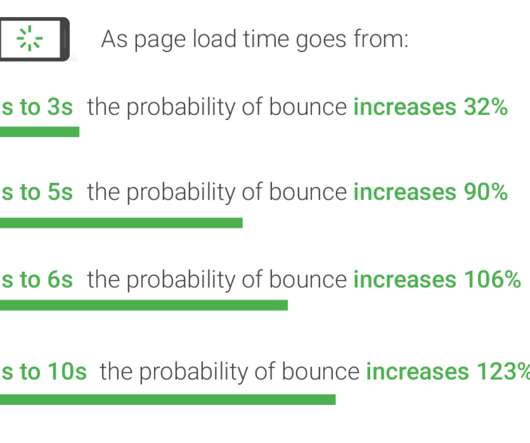The Performance Inequality Gap, 2021
Alex Russell
MARCH 6, 2021
TL;DR: A lot has changed since 2017 when we last estimated a global baseline resource per-page resource budget of 130-170KiB. A then-representative $200USD device had 4-8 slow (in-order, low-cache) cores, ~2GiB of RAM, and relatively slow MLC NAND flash storage. The Moto G4 , for example. Here begins our 2021 adventure. Hard Reset.












Let's personalize your content